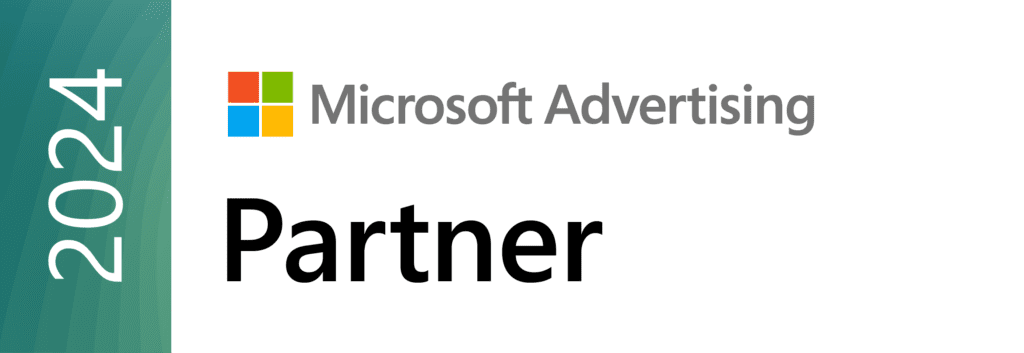Generating more traffic is the main focus for so many marketers and ecommerce site owners. Having thousands of people visiting your site sounds great, right? However, if no one is buying anything, then your business isn’t benefiting.
In reality, you should focus more time and energy on converting your existing traffic into sales. But how do you do that? And why do you need to? Keep reading as we answer all the key questions in our four-part conversion rate optimisation series…
What is conversion rate optimisation?
A conversion is quite simply a sale. It’s the process of turning a site visitor or browser into a customer. The number of sales made divided by the number of visitors your site gets multiplied by 100 gives the conversion rate percentage for your website.
Most ecommerce websites are designed to persuade or even guide visitors to make a purchase. But sometimes that’s just not enough. The solution? Any web page can be optimised for higher conversion rates, whether it’s the homepage, pricing page or blog.
Conversion rate optimisation (CRO) is exactly that. It’s the process of improving web pages with a view to increasing the number of sales compared to the number of visitors. There are a number of ways to do this, which we will discuss later in this blog series.
First of all, why is CRO so important? Can’t you just work towards getting more visitors and increasing sales that way? Let’s discuss why you should really care about CRO…
What can conversion rate optimisation do for you?
Most ecommerce businesses have a finite demand for their products and services. Only so many people will want or need to buy from you. So, it’s highly important to focus on making the most out of the traffic you do get.
Say, for example, your site gets 1000 visitors per month, 10 of whom make purchases. That’s a 1% conversion rate. Optimising your site to get 20 sales per month, doubling the conversion rate is much more realistic than trying to get double the number of visitors.
Of course, boosting your conversion rate will gain you more sales. But, it will also do much more than that. The benefits include…
- Search engine optimisation (SEO) – By reducing bounce rates – the amount of people who leave your site after viewing one page – CRO can improve your ranking on search engines, so it could actually result in more visitors to your site after all.
- Better customer insights – CRO can also help you understand your main audience and discover the best ways to meet their needs. The CRO process focuses on finding the best customers for your business – boosting your traffic doesn’t do much good if the visitors aren’t interested in your products.
- Improved scalability – Although there is a limit to your audience, CRO lets you grow your business without running out of potential customers. By focusing on turning visitors into buyers, you can increase your sales without having to worry about finding new audiences.
- Better user experience – CRO studies work in your favour. By figuring out what your customers are looking for and enhancing your site, users are more likely to return. Visitors who feel smart and listened to on your site will engage with it more.
How to carry out successful optimisation
In order to make the most of CRO, you need to know which areas and features of your site need optimising, and who you’re optimising for. This information is gathered through ecommerce usability testing. Rather than wasting your time and money guessing why your visitors are leaving without a purchase, you can find out the real facts.
Find out more about usability testing in our next blog post, or if you’re ready to start CRO on your site, get in touch with our team today and discover how we could help you.





